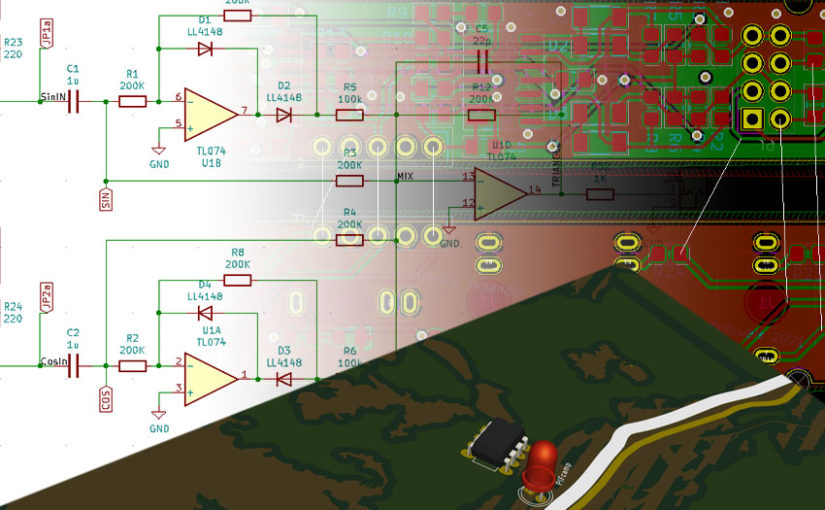Electronic devices are all around us. Whether it’s your washing machine or the device you’re reading this text on – they all have one thing in common: they contain printed circuit boards. PCBs are usually a tasty sandwich of an insulating material and one or multiple layers of thin copper used to connect electronic components and keep them mechanically fixed.
Whether you want to etch them yourself with some acid in your bathroom or you have them professionally made in a factory – learning how to design them is a super useful skill to have for anybody interested in building electronics (and potentially even for other, more unorthodox uses…).
At this years PIFcamp Klemens Kohlweis will hold a workshop on how to design your own PCBs using the (awesome!) open source software KiCad. Starting early in the week we will talk about challenges and possibilities of the design and manufacturing process, then go on to drawing our own functional and/or beautiful circuit-boards – and hopefully even get them manufactured in the same week!
